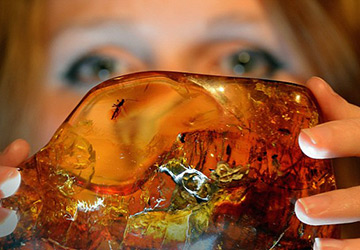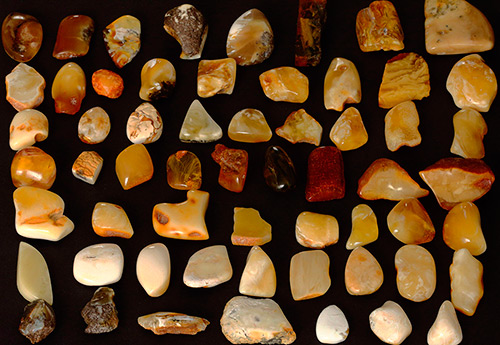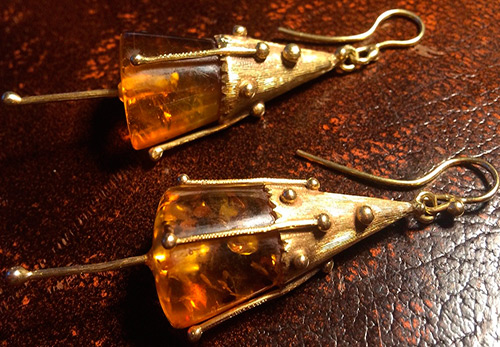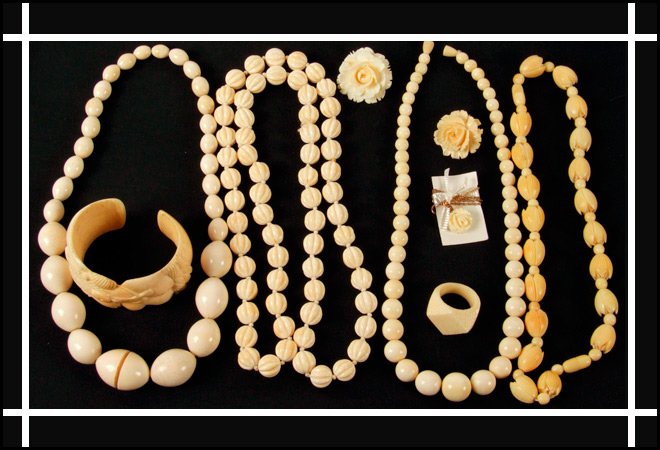Jewelry
Amber stone - sun stone
The amber stone is called the gold of the North. It is a hard resin of coniferous trees, containing mainly carbon, hydrogen and oxygen. Amber has yellow shades - from light yellow to red, among which there are honey-yellow, yellow-orange and many others, there are also blue and green stones, and even black ones.
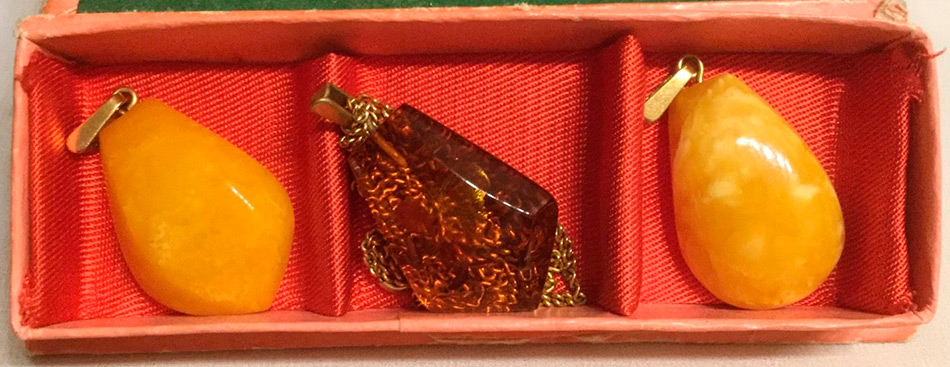
History of stone and amber products in the ancient world
Since ancient times, amber has been used not only as a healer of diseases, but also jewelry was made from it. It has long entered the life of the inhabitants of the Baltic Sea coast. Amulets, beads, and animal figurines were found at the ancient sites of people. Baltic amber even reached Egypt. In the tomb Pharaoh Tutankhamun a crown decorated with Baltic amber and various amber burial items were found.
The British Museum in London houses an Assyrian obelisk with an inscription that mentions amber. There is a description of amber in ancient Greek poetry. For example, Homer, describing the decoration of the palace of the Spartan king Menelaus, lists gold, silver, ivory and electron - as the ancient Greeks called amber.
Information about amber is found in the works of Plato, Hippocrates, Aeschylus. And the philosopher Thales described the properties of amber.
The Roman poet Ovid told a beautiful legend about Phaethon, the son of Helios, the sun god. Phaethon begged his father to ride across the sky in his golden chariot drawn by four fiery horses. For a long time Helios refused to his son, and nevertheless yielded to his requests. Phaethon's weak hands could not hold the horses, they carried him and set fire to the earth and sky. Zeus was angry and smashed the chariot with lightning. Phaethon fell into the Eridan River. The sisters bitterly mourned the death of their beloved brother, and the tears that fell into the river turned into amber.
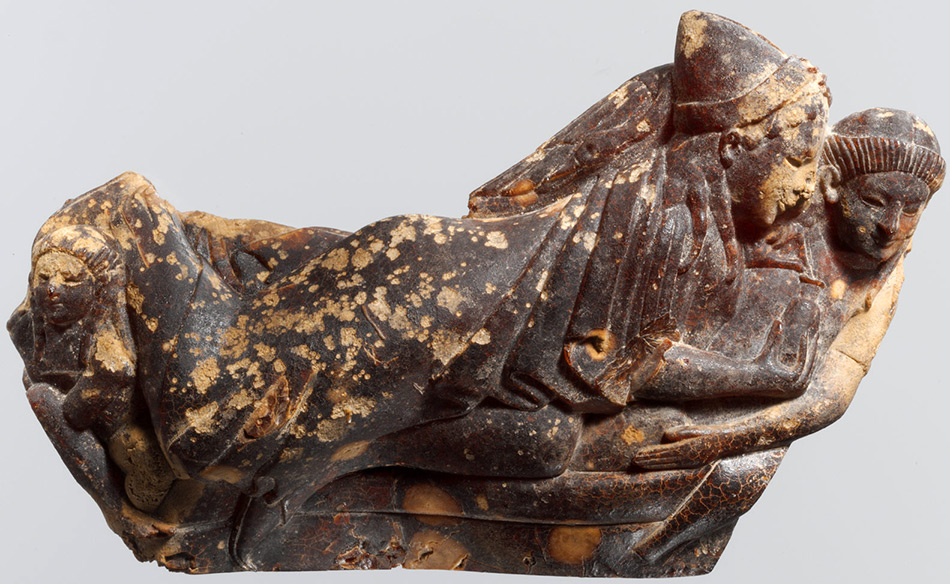
There are other legends, but in each of them amber is associated with tears. In the era of ancient Rome, with his love of luxury and wealth, glory and amber shone. The Romans appreciated the beauty of the stone and paved the way to the Baltic coast. Places of amber trade gradually appeared. The news of the sun stone reached the Arab countries, where amber became no less popular than in Europe.
Whatever it was called - "a piece of the sun", "sun stone", "sea incense". The Greeks called amber electron or electricity, which means "shiny". The radiant stone reminded them of the star Electra. In addition, the stone tended to electrify during friction and attract light objects.
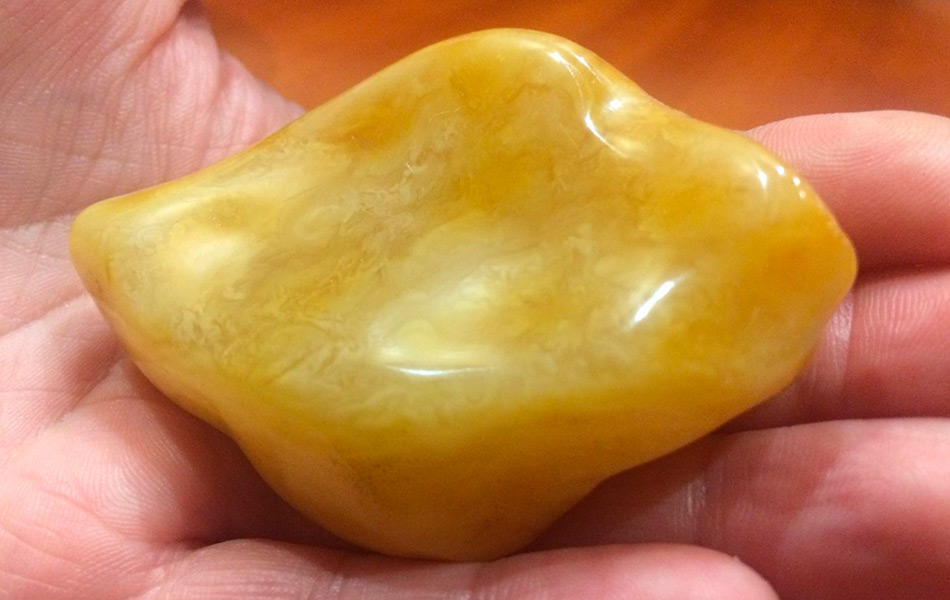
The German name - "hot stone" reflects another of its properties - it is easy to ignite and burn with a beautiful flame, emitting a pleasant smell. The Lithuanian name “gintaras” and the Latvian name “dzintars” reflect another property of the stone - “protection from diseases”. In Russia, amber was called "armor" or "alatyr" and was also endowed with healing properties.
When the amber fashion began in Ancient Rome, statuettes, bas-reliefs, portraits, necklaces, carvings, vessels for incense and bowls for wine were made from stone. The richest people in Rome decorated their villas and swimming pools with amber. The price of amber was then high - a small figurine made of amber cost more than a living slave.
Many patricians of Rome carried amber balls with them, cooling their hands in the heat. The high cost of amber was explained not only by the beauty of the stone, but also by its medicinal properties recognized by all physicians. The Roman Empire fell, and the art of amber carving gradually fell into decay.
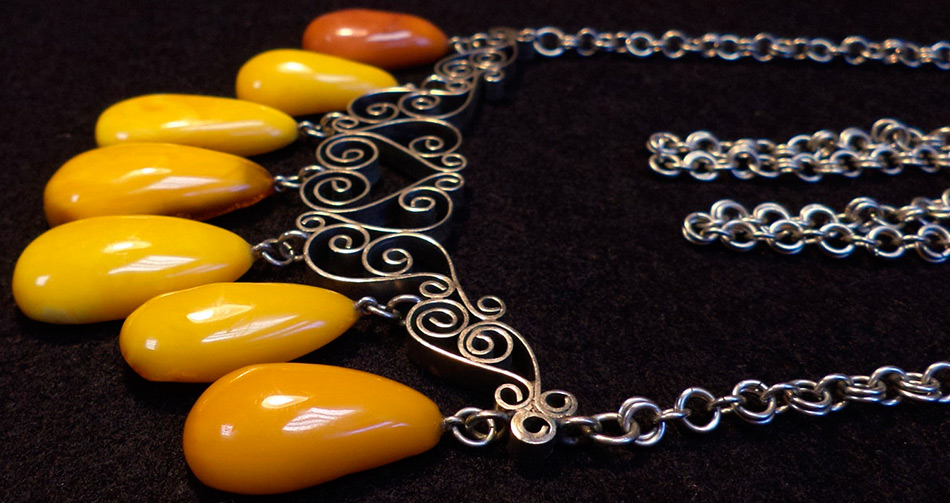
History of the amber stone in the Middle Ages
In the Middle Ages, a radiant stone was rarely used; at this time, due to its fragility and fragility, it was not respected. But in the Far East, amber was treated differently. V China and Japan especially revered cherry-colored amber. These stones were considered to be frozen drops of the blood of a dragon, a sacred animal from the 12-year annual Eastern cycle. Therefore, only emperors and those related to them could wear cherry amber.
In the Middle Ages, the mass production of miniature figurines began in China and Japan. They were carved from various materials, including amber. Japanese stone cutters and jewelers at this time achieved the highest skill in the manufacture of original and graceful figurines and ornaments. They combined amber with other precious stones, applied gold and silver powder to the stone, then varnished it many times, the amber was set in gold and silver, inlaid with ivory.
In the 13th century, a new period began for amber. This was the century of the Crusaders who conquered the amber-rich Baltic region and established a monopoly on the extraction and trade of sun stone. At this time, amber brought happiness to few people.
For those who issued decrees, robbed the Baltic countries, the stone brought wealth and power, but this did not make them happier, because the acquired wealth must be preserved so as not to lose it, and with it the head. As for the common people, it was easier to deal with him - there was a decree prohibiting the collection of amber, and even more so to process it.
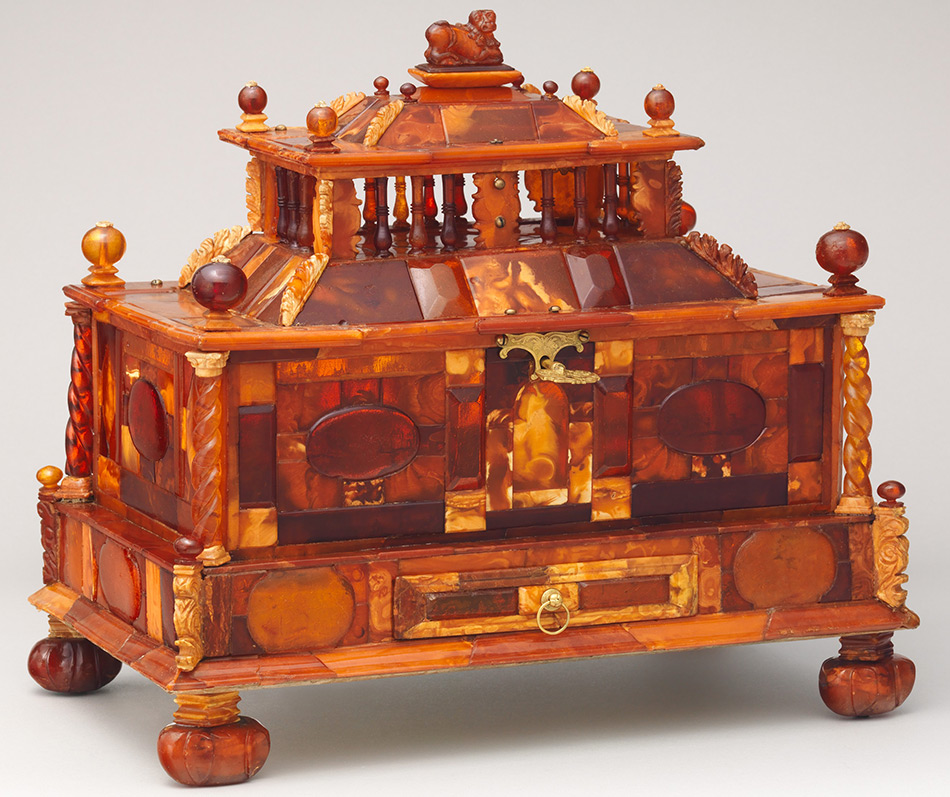
The courts severely punished the disobedient, there was a special executioner for the execution of the execution. The Baltic peoples have long kept the memory of the cruel rulers, from generation to generation they passed on stories that formed legends about the Teutonic conquerors. The Teutonic Order banned all stone-cutting work, which from time immemorial has been the main business in the Baltics.
All mined amber was now sold, and the crusaders received fabulous profits. This was the case until the middle of the 15th century. Then the development of two large centers for the production of amber products begins, in Danzig (Gdansk) and Konigsberg (Kaliningrad). All this was led by the last master of the Teutonic Order and the first Duke of Prussia, Albrecht of Brandenburg.
The amber products of the established art centers differed from each other. In Danzig, stone-cutting art had a religious orientation (crucifixes, sculptural images of saints, rosary beads, altars), in Konigsberg - secular (cups, vases, bowls, figurines, candlesticks, caskets, cutlery, chessboards, etc.).
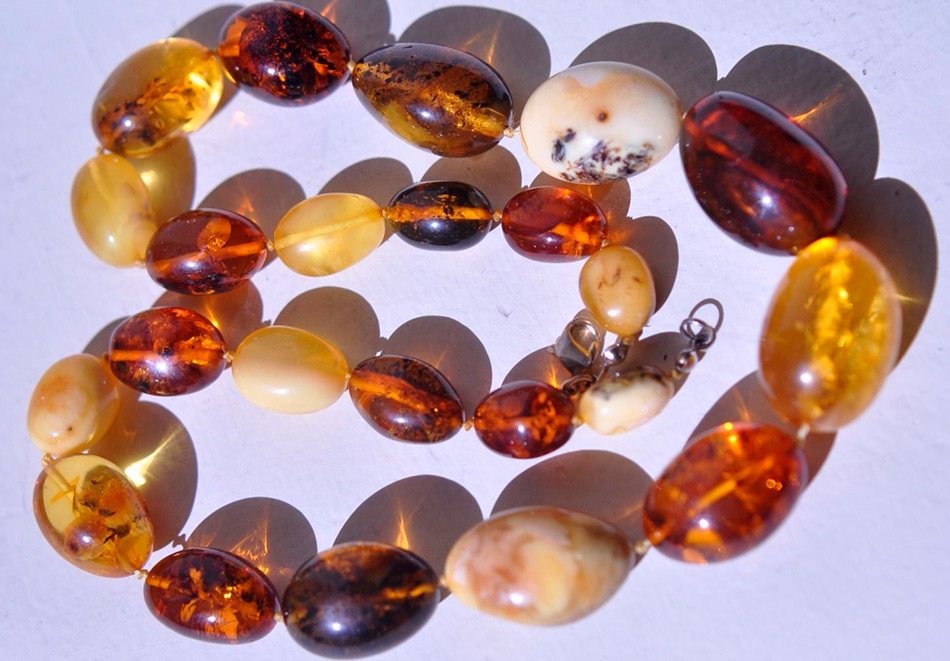
Amber in the Baroque era and today
In the 17th century, the art of processing amber was at the highest level, it seemed that nothing was impossible to create the beauty of amber products. Inlaid with gold, silver, ivory, mother-of-pearl was carried out.
Fine virtuoso carving, the ability of craftsmen to create amber products in the form of mosaics, compositions from different types of amber, contrasting color combinations, engraving using colored foil - all this demonstrated the perfection and beauty of the sun stone.
The mosaic technique, in which amber plates were superimposed on a wooden base, was especially loved by carvers. In this way, it was possible to make a product of large dimensions. Multi-tiered caskets, wardrobes were created, even the walls of rooms were decorated with amber.
Prussia actively sold amber products. In many countries of Europe and Asia, unique masterpieces of amber carving appeared, more often they were presented as diplomatic gifts. The Armory Chamber of the Moscow Kremlin houses a rich collection of such items. Unusual and luxurious amber items were also available at the court of the French kings.
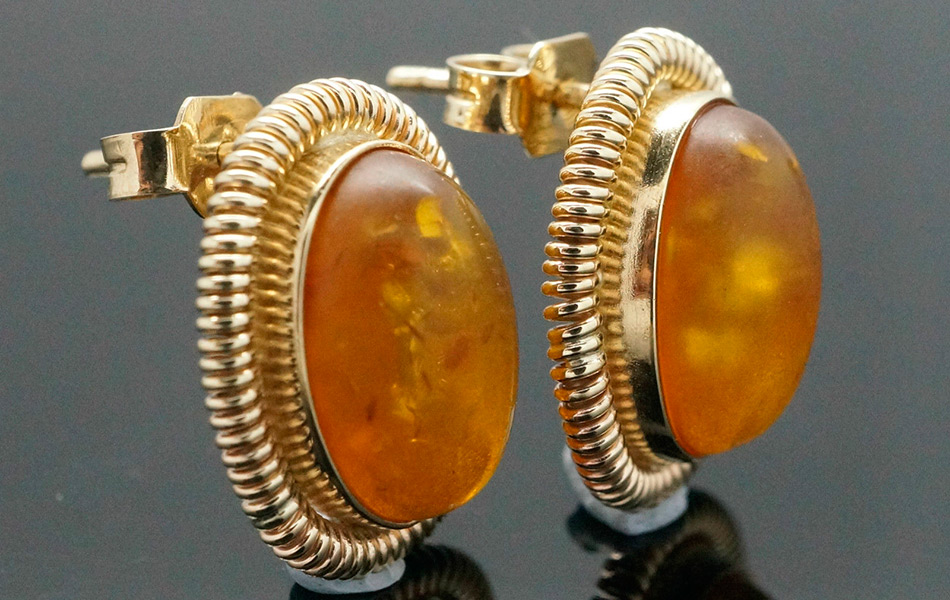
Many items are mentioned in the inventories of amber treasures, such as cupboards, mirrors in amber frames, vases. All of them were decorated with the finest bas-reliefs, figurines, ornaments. Some of them were presented by the king as a gift to distinguished guests, others are kept in the Louvre.
17th century brought to the world treasury the unique creations of the master carvers from the sun stone. In the 18th century, the famous amber room was created, which became the pinnacle of amber carving.
Some of the best amber items are kept in the Royal Rosenberg Castle in Copenhagen, in the museums of Vienna, Victoria and Albert in London, in Florence, in the Marienburg Castle in Malbork, and in many museums in Germany.
Several years ago, the World Amber Museum was opened on St. Thomas Island. The collection includes various types of amber, beautiful models of the three ships on which Columbus arrived to the shores of America. The interior decoration of the museum premises is also unusual, the compositions "Amber Forest" and "Amber Waterfall" are unique in their beauty. In the last composition, a real stream of water flows down the amber wall.
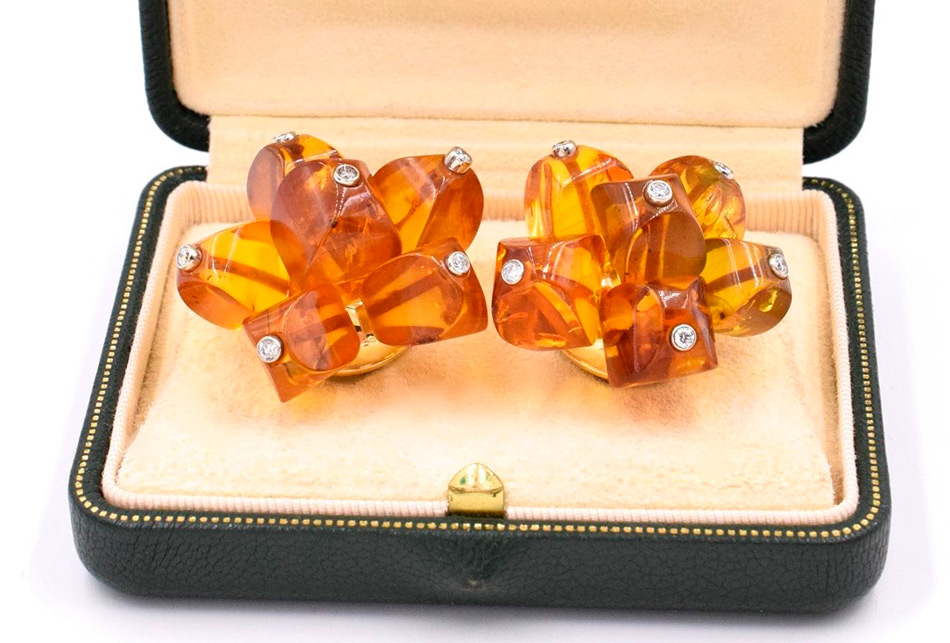
A few words should certainly be said about the Amber Room, which is a masterpiece of amber art. Its history began in 1701 in Prussia. By order of the king of Prussia who came to the throne, it was planned to rebuild the palaces in Berlin. So the king and queen decided to create an unusual cabinet from amber.
Work proceeded slowly, so that neither the king nor the queen had time to see the planned changes in the palaces. And the new king, the son of the previous one, Frederick William I first stopped all work, and then in 1716, in connection with the conclusion of an alliance between Russia and Prussia, presented a gift to the Russian Emperor Peter I - the Amber Cabinet. Out of great joy, Peter I made a reciprocal "present" - he presented 55 grenadiers of gigantic stature and an ivory goblet made with his own hand ...
The Amber Room was kept in the Catherine Palace, which was captured and robbed by the German fascists during the Great Patriotic War. The Amber Room has been stolen. From 1942 to the spring of 1944, the panels of the Amber Room were in one of the halls of the Royal Castle of Königsberg. In April 1945, after the storming of the city by Soviet troops, the room disappeared without a trace, its fate still remains a mystery.
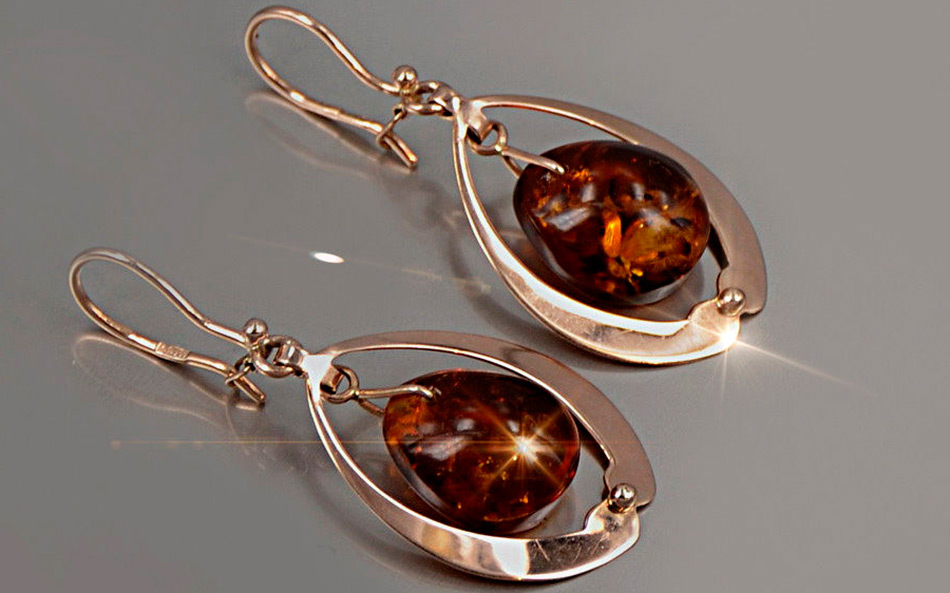
From 1981 to 1997, work was carried out on the reconstruction of the Amber Room. For the 300th anniversary of St. Petersburg in 2003, the Amber Room was restored again from Kaliningrad amber with money from Russia and Germany. The eighth wonder of the world can now be seen again in the Catherine Palace.
An extraordinary exposition - "Amber Cabin" is located in the Museum of the World Ocean in Kaliningrad. Here all objects, including household items, interior elements are made of amber or inlaid with it.
In the cabin, the explorer's tools, maps, ethnographic objects, miniature ship models, a mosaic picture - a wind rose, made on the ceiling, a decorative panel - "Map of the World", on which different techniques of processing amber - everything is made of amber.
One can talk about the beauty of amber and the art of stone carvers, about unique expositions, about the best collections of amber products for a long, long time. Nature has endowed the stone with an incredible richness of shades, amber glows in the rays of the sun, and it feels so warm to the touch ...
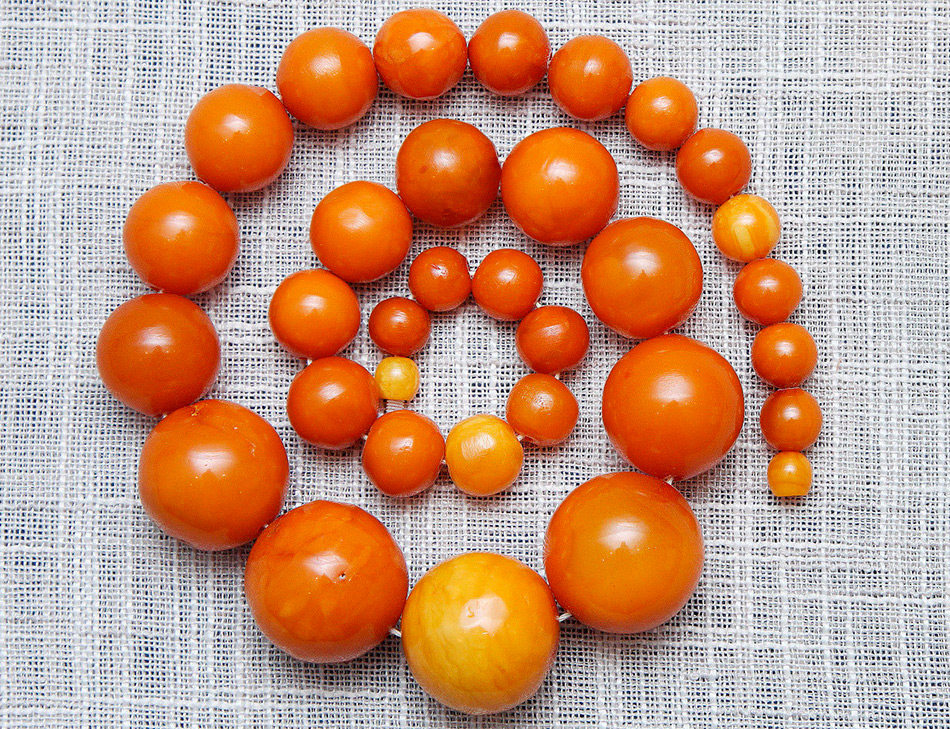
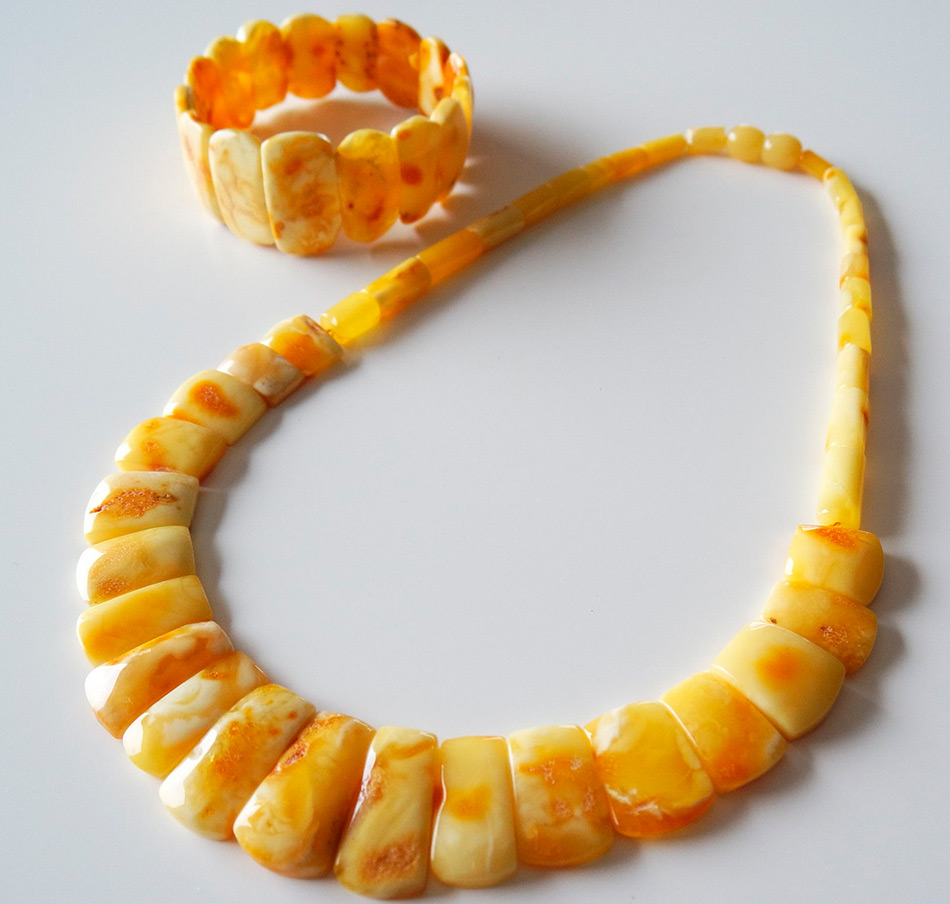
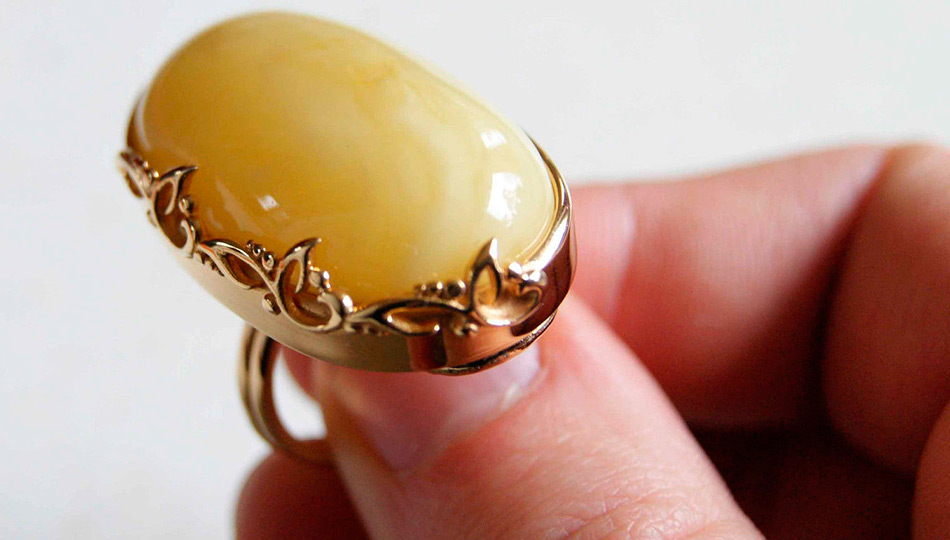
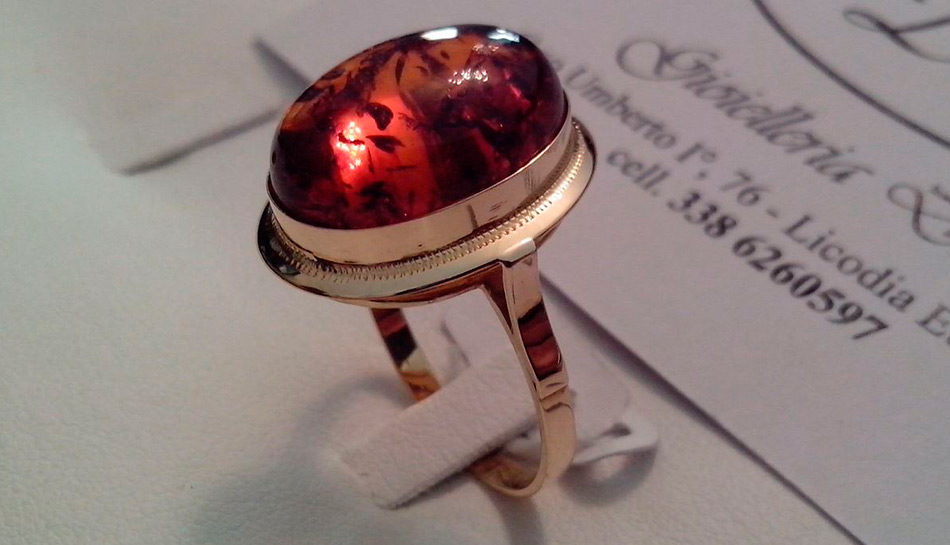
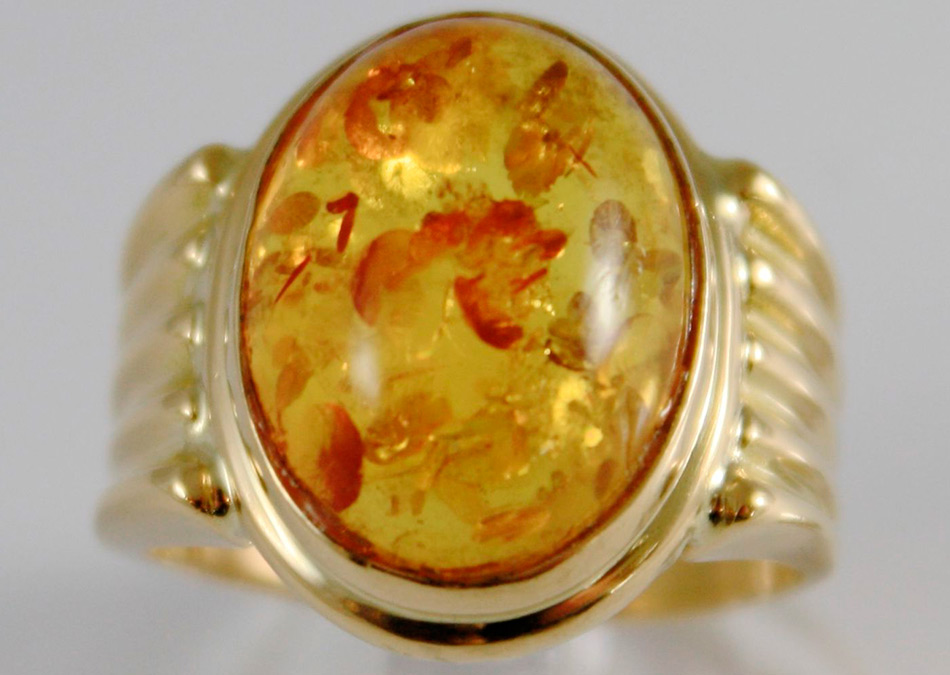
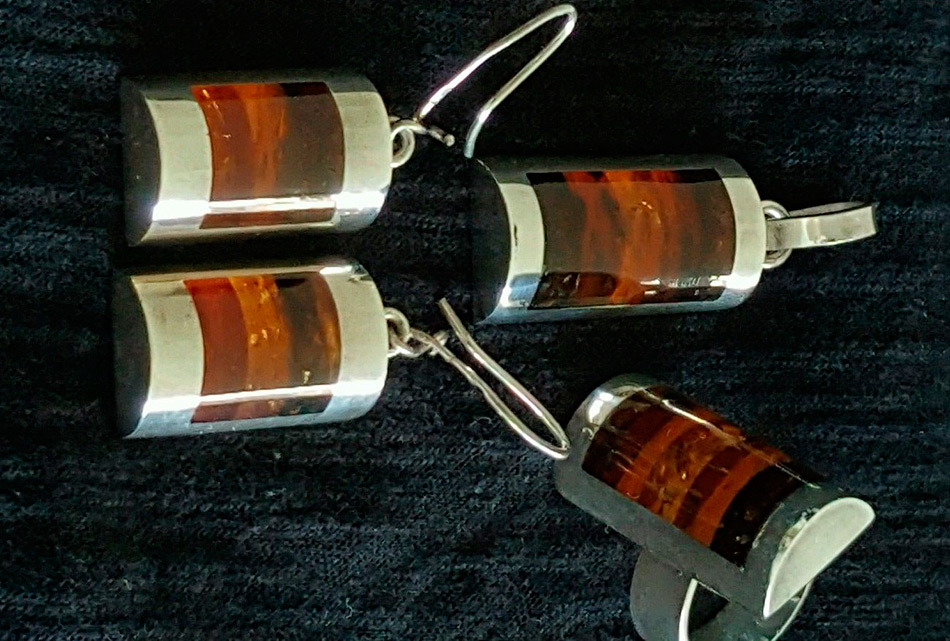
Comments and Reviews
Add a comment
Rating news
Shades of clothing that make women look younger
What shades of hair make women younger: rules and photos
Funny wedding dresses - photos and ideas
12 most expensive down jackets for the winter
How to look 25 at 40: tips from supermodels
Beautiful schoolgirls
Anti-aging haircuts and hairstyles for women
Fashionable skirts for autumn and winter
Fashionable women's trousers for the cold season
Fashionable and stylish sandals for summer 2024
Spring-summer 2024
 Fashionable dresses and tops with thin spaghetti straps
Fashionable dresses and tops with thin spaghetti straps
 Bandana tops: how to wear stylishly and beautifully
Bandana tops: how to wear stylishly and beautifully
 How to put together the perfect men's wardrobe for the summer
How to put together the perfect men's wardrobe for the summer
 Fashionable shorts for spring-summer 2024
Fashionable shorts for spring-summer 2024
 Fashionable skirts for spring-summer 2024: a guide to online shopping
Fashionable skirts for spring-summer 2024: a guide to online shopping
 The most fashionable dresses spring-summer 2024: styles and colors
The most fashionable dresses spring-summer 2024: styles and colors
 Fashionable total look 2024: image ideas and trends
Fashionable total look 2024: image ideas and trends
